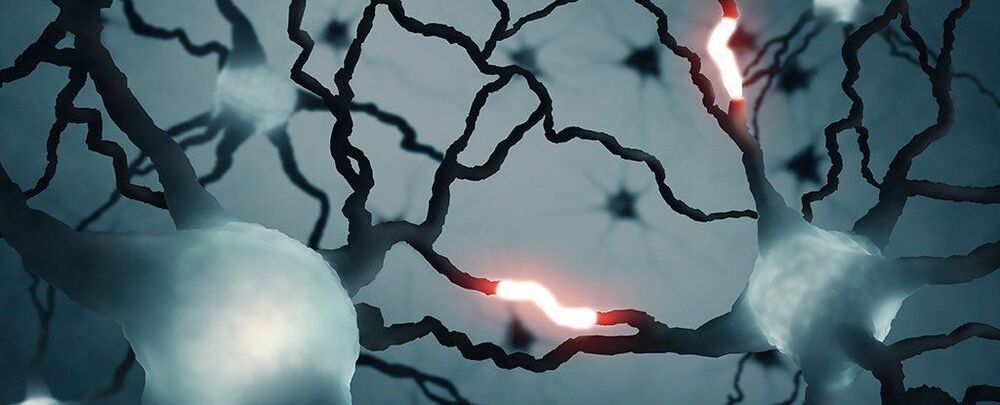Jun 28, 2021
A Never-Before-Seen Type of Signal Has Been Detected in The Human Brain
Posted by Jason Blain in categories: biotech/medical, food, genetics, neuroscience
Scientists develop the first CRISPR-Cas9-based gene drive in plants which may breed crops better able to withstand drought and disease.
Scientists have discovered a unique form of cell messaging occurring in the human brain that’s not been seen before. Excitingly, the discovery hints that our brains might be even more powerful units of computation than we realized.
Early last year, researchers from institutes in Germany and Greece reported a mechanism in the brain’s outer cortical cells that produces a novel ‘graded’ signal all on its own, one that could provide individual neurons with another way to carry out their logical functions.
Continue reading “A Never-Before-Seen Type of Signal Has Been Detected in The Human Brain” »


















